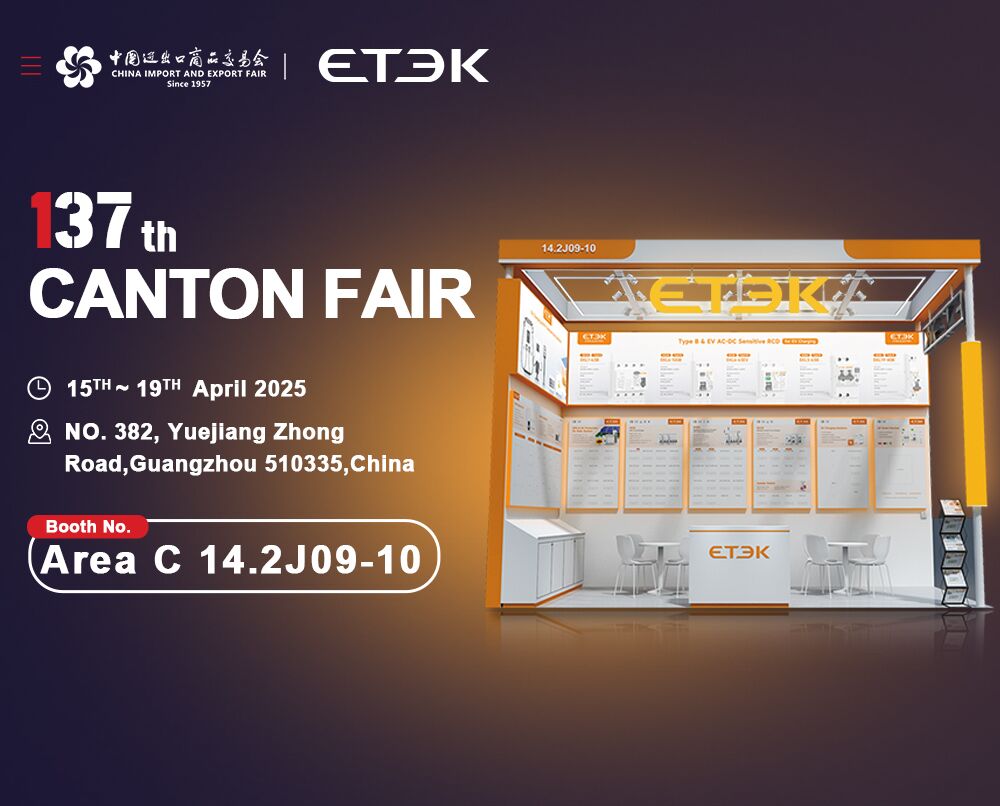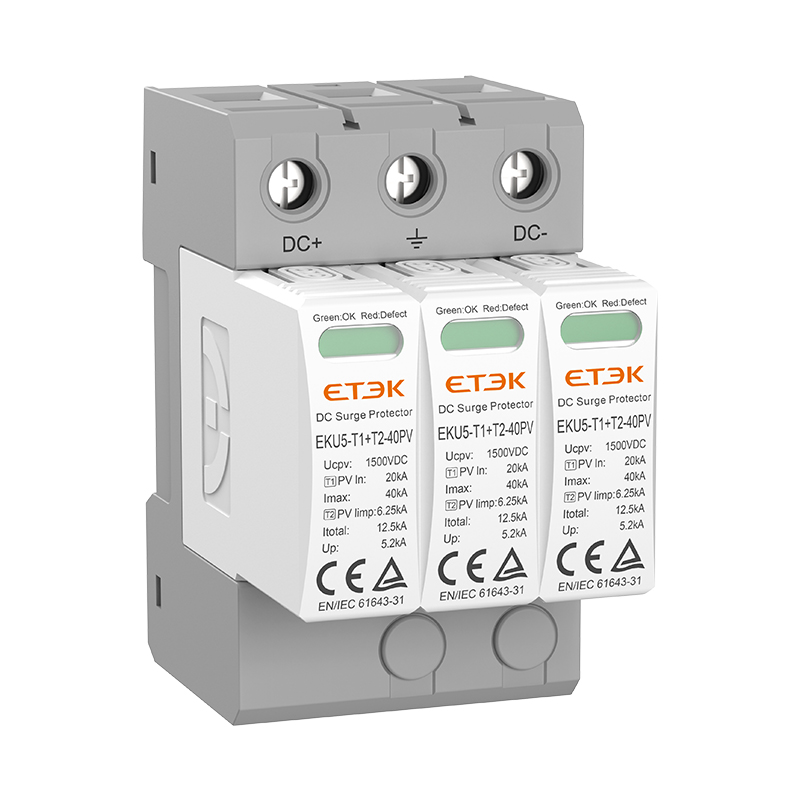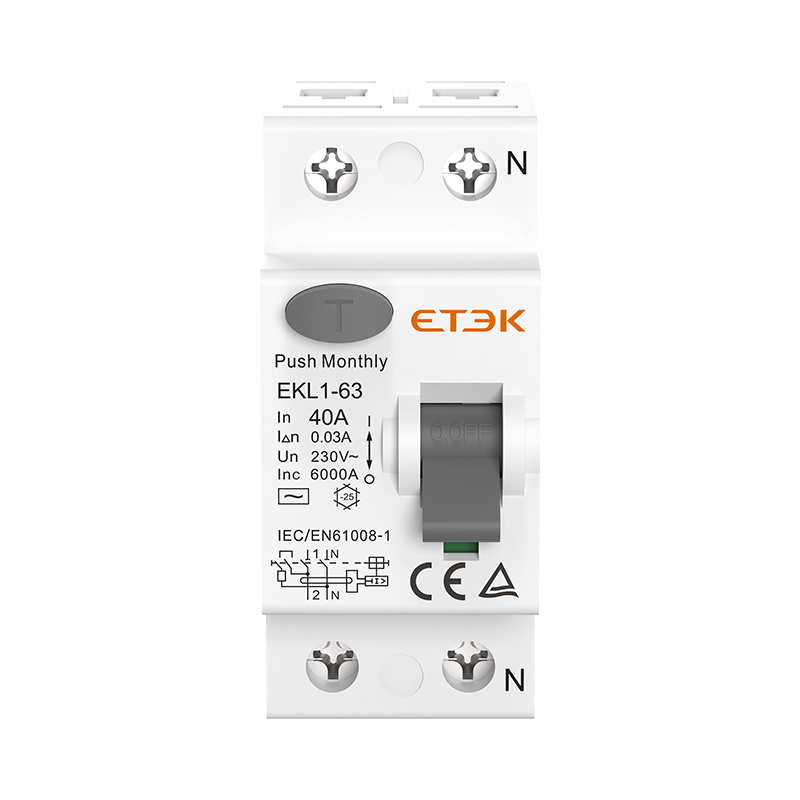Where do you need surge protection? A Guide to Surge Protectors (SPDs)
Introduction
Power surges can cause severe damage to electrical and electronic equipment, leading to expensive repairs or replacements. Surge protectors (SPDs) are essential to protect sensitive equipment from voltage spikes caused by lightning strikes, grid fluctuations, or internal electrical disturbances. But where exactly do surge protections need to be applied? This article explores the key locations and applications where SPDs are needed to ensure safety and reliability.
I. Residential Applications
Homes are filled with expensive electronic devices and appliances that are susceptible to power surges. Key areas that require surge protection include:
1.Main distribution panels: Installing an SPD at the main service entrance is the first line of defense against external surges.
2.Sub-distribution panels and critical circuits: Additional SPDs can protect high-value appliances such as refrigerators, HVAC systems, and home entertainment systems.
3.Point-of-use devices: Power strips or outlet-mounted surge protectors (SPDs) with surge protection can protect computers, TVs, and smart home devices.
Why it’s needed: Lightning strikes and power company switching can send thousands of volts into a home’s wiring, damaging unprotected electronics.
II. Commercial and Industrial Facilities
Businesses rely on uninterruptible power supplies to operate, so surge protection is critical in the following areas:
1.Main distribution board (MDB): Primary surge protectors prevent large surges from entering the building.
2.Sub-distribution board: Secondary surge protectors protect sensitive equipment such as servers, medical devices, and manufacturing machinery.
3.Data centers and IT infrastructure: Servers, routers, and telecommunications systems require Type 2 or Type 3 surge protectors to prevent data loss and downtime.
Why it’s needed: Industrial equipment and IT systems are highly sensitive to voltage fluctuations, and downtime can result in significant financial losses.
III. Renewable Energy Systems
Solar panels, wind turbines, and battery energy storage systems are all exposed to lightning strikes and electrical transients. SPDs are critical in the following areas:
1.Solar PV systems: DC SPDs protect inverters and charge controllers from lightning surges.
2.Wind turbines: Turbines and associated electronics require robust surge protection.
3.Battery energy storage systems: SPDs prevent damage to battery management systems (BMS) and inverters.
Why it’s needed: Renewable energy systems are often installed in exposed locations, which increases their vulnerability to lightning strikes.
IV. Healthcare and medical facilities
Hospitals and clinics rely on uninterrupted power to run life-saving equipment. Key areas include:
1.Medical imaging equipment (MRI, CT scanners): Sensitive electronic equipment must be equipped with surge protection.
2.Patient monitoring systems: Power fluctuations can interfere with critical care equipment.
3.Emergency power systems: Backup generators and UPS systems require surge protection devices (SPDs) to ensure reliability.
Necessity: Power surges can damage medical equipment and endanger patient safety.
V. Telecommunications and infrastructure
Telecommunication towers, data transmission lines, and CCTV surveillance systems require surge protection due to their susceptibility to lightning strikes and electromagnetic interference.
1.Cell towers and base stations: SPDs prevent damage to transmitters and receivers.
2.Fiber optic and Ethernet networks: Surge protectors protect network equipment from transient voltages.
3.Traffic control and safety systems: Outdoor electronic equipment is extremely susceptible to surges.
Why it’s needed: Communications infrastructure must operate 24/7, and power surges can cause widespread service outages.
Conclusion
Surge protection is not an optional safety measure, but a necessity in homes, businesses, industrial facilities, renewable energy systems, healthcare, and telecommunications. By installing the right surge protectors (SPD), you can prevent costly damage, enhance system reliability, and ensure uninterrupted operations.
Key Points
Homes: Surge protectors are needed on main switchboards and high-value electronic equipment.
Businesses and industries: Layered surge protection is needed for critical equipment.
Renewable energy systems: Surges caused by lightning must be shielded.
Healthcare facilities: Rely on surge protectors to protect life-saving equipment.
Telecommunications and infrastructure: Systems require surge protection to maintain uptime.
Etek has been committed to the research and development, production and sales of low-voltage electrical appliances. It has an advanced production management system and production process. Its products cover power safety products for household, commercial, industrial and similar facilities.
Investing in high-quality SPDs is a cost-effective way to reduce risks and extend the service life of electrical and electronic systems. If you haven't evaluated your surge protection needs, now is the time!






.jpg)





